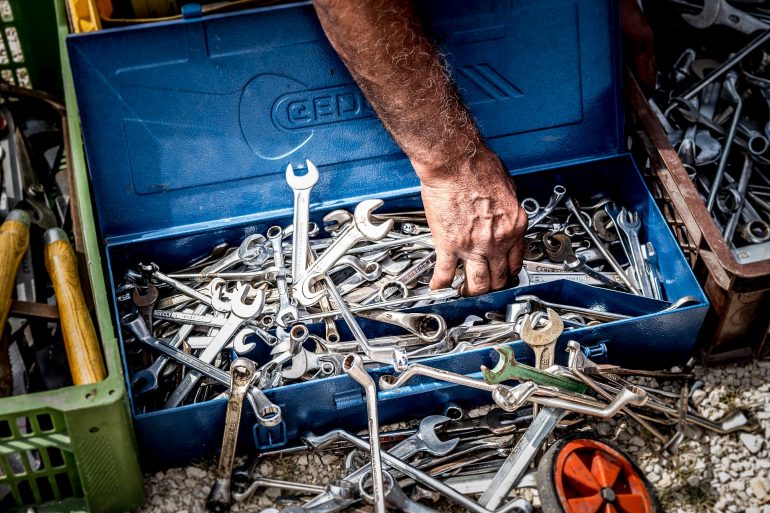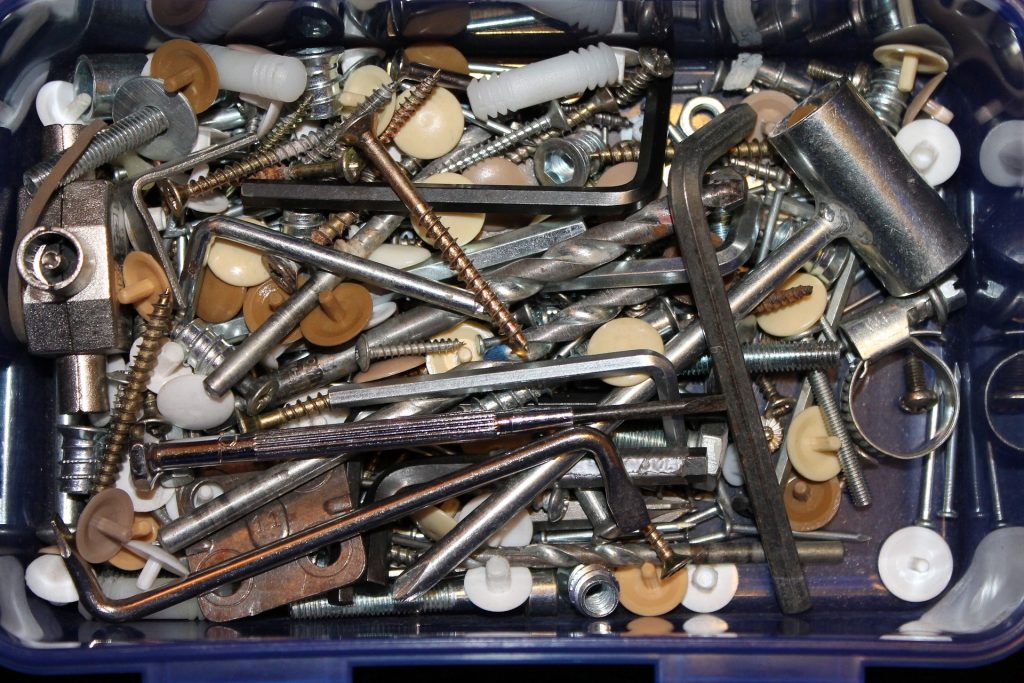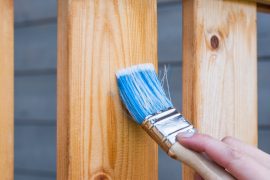Whatever kind of work you’re doing, taking proper care of your tools is essential. If they’re stored and maintained, then they’ll perform as well as possible, for as long as possible. If they’re not, then you might find yourself shopping for replacements sooner rather than later. Defective tools aren’t just ineffective and costly – they’re potentially dangerous. Thus, ongoing care and attention is an absolute necessity.
So, what does that care, and attention look like in practice?
Storing them Correctly
When your tools are appropriately stored and organised, you’ll be able to reach them more quickly. Plus, they stand a much lesser chance of being nicked and scratched by the world around them. Ideally, you’ll invest in a tool storage box or chest that will do this job wonderfully, allowing you to access and store your tools without going too far out of your way. You can DIY one, or you can get it ready-made.
If you keep your tools at home, then you also need to ensure they’re stored out of sight and reach from any children to ensure the safety of both the tools and them. Have a dedicated space in a garage, basement or a high cupboard to keep them out of curious hands.
Regular Inspection
Keeping track of your tools means regularly picking them up and checking them. Are sharp edges as sharp as they should be? Are there any dinks and scratches on surfaces that should really be flat and true?
Of particular concern in cordless tools is the battery. Batteries have a tendency to lose their ability to hold a charge over the months and years; testing them will ensure that you’re not caught out and that your tools are able to draw the power they really need.
If you’re working in a professional environment, then regular inspection should be built into your procedures, and the results of those inspections should be logged. That way, if a problem occurs later, you’ll be able to check the log and establish what might have been done differently.
Cleaning them
Tools are liable to pick up dust, dirt and grime over time, which will impair their ability to operate. Blades and cutting edges are particularly susceptible to this. Dirt doesn’t just look unsightly; it might also impair the tool’s ability to perform. Regular cleaning should be something that everyone who uses a tool knows how to do. Often, it’s simply a case of taking a cloth and some WD40 and dragging it across the blade.
Use them Correctly
Misuse of tools can cause accidents, and damage the tool in question. Often, getting it right is a simple question of reading the manual. We all know that a mitre saw should not be disassembled and used as an impromptu circular saw, but do we know exactly which drill bits are suitable for which materials and why? Knowing your tools will equip you to get the best from them in the long-run, and reduce the likelihood that your tools will get you into trouble.






